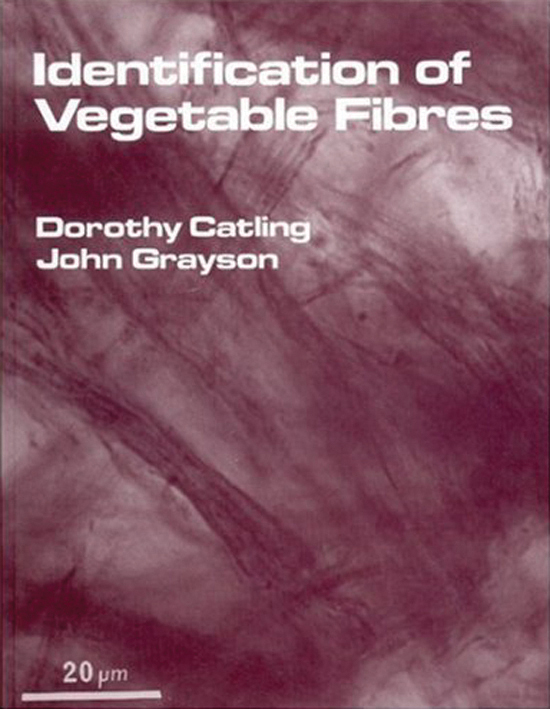
Identification of Vegetable Fibres
- An invaluable reference to forensic scientists, archaeologists, conservators of antiquities, textile and paper technologists, botanists and many others who need to identify plant fibers
Identification of plants or parts of plants is essential to disciplines ranging from forensic science to paper technology and art conservation. In this book (an Archetype reprint of the original Chapman and Hall publication of 1982) the microscopical characteristics of ten of the most widely used commercial fibers are presented.
Features which are useful for identifying fibre cells are described in detail and explained by reference to the anatomy of the living stem or leaf from which the fibres are extracted. Photomicrographs and line drawings illustrate the descriptions. Tables which compare the species are provided. An account of the cultivation and extraction of each of the fibres and details of the methods of specimen preparation are also included.
This comprehensive book has proved invaluable not only to forensic scientists but also to archaeologists, conservators of antiquities, textile and paper technologists, botanists and many others who need to identify plant fibers.
- Publisher
- Archetype Publications
- ISBN
- 9781909492271
- Published
- 2nd Jun 2015
- Binding
- Paperback / softback
- Territory
- USA & Canada
- Size
- 7.48 in x 9.63 in
- Pages
- 110 Pages
Our Catalogs
Browse Our Books
Please log-in or create an account to see your recent items.